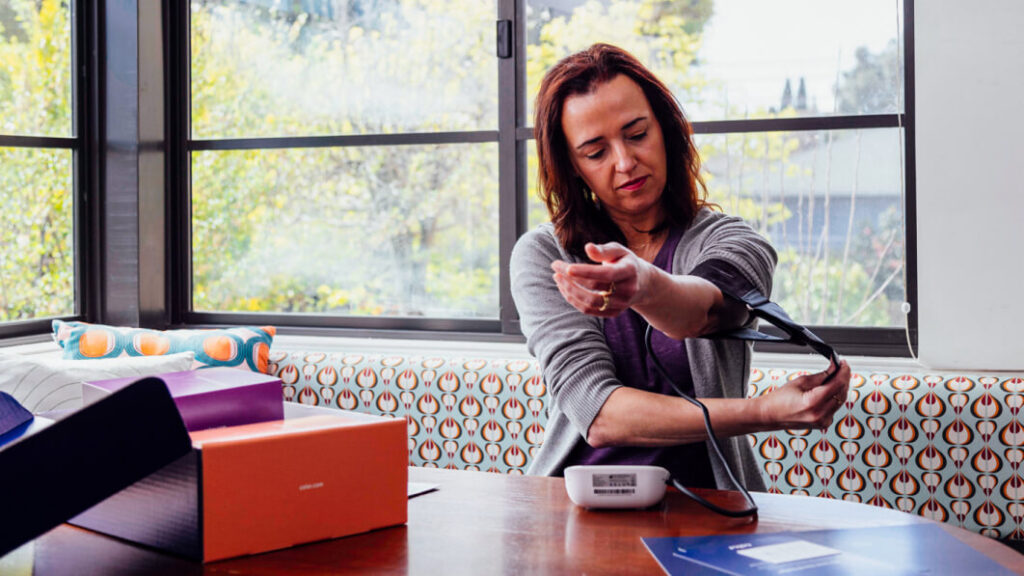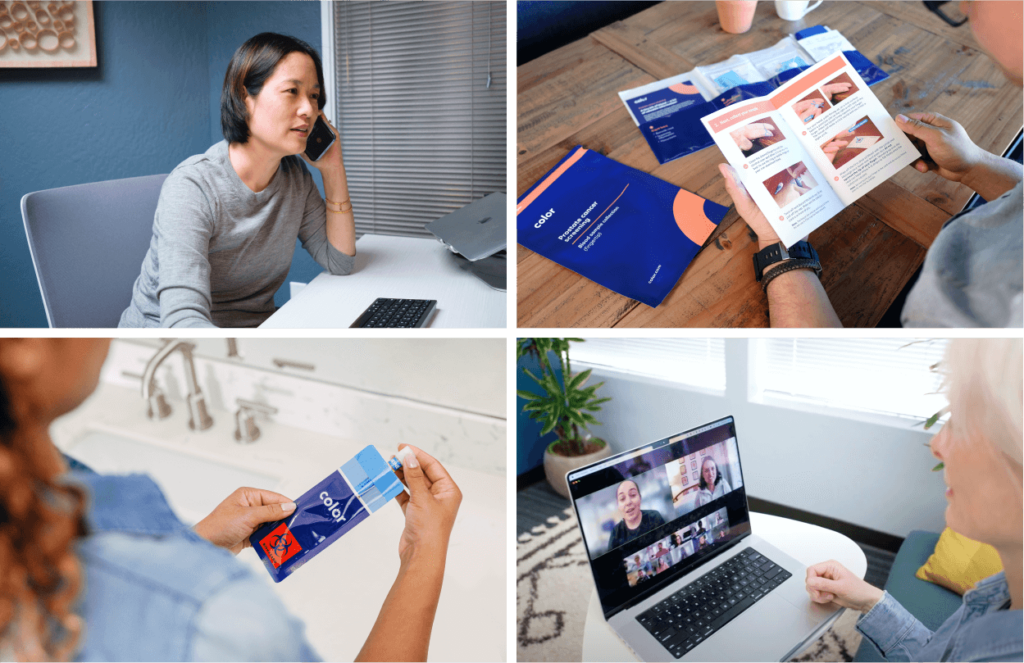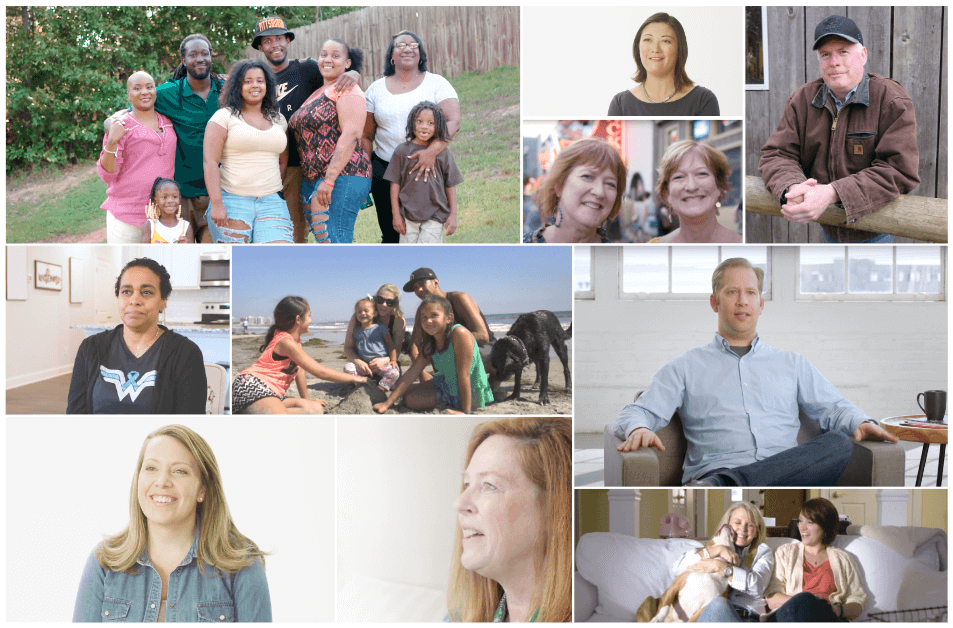News & Articles
Preventive Care and the Need to Meet People Where They Are
Color

Preventive care in the U.S. has a participation problem. With people around the country having to wait weeks, if not months, just for basic services, many people are simply opting out.
Even before COVID-19, the vast majority of people weren’t taking full advantage of preventive care services. An estimated 8% of U.S. adults over the age of 35 received all the services recommended by the United States Preventive Services Taskforce (USPSTF), such as blood pressure tests, cancer screenings and routine vaccinations, according to a 2018 study. These are services that even people with convenient access and health insurance aren’t taking advantage of. And despite expanded coverage under the Affordable Care Act for people with private insurance, the use of Pap tests, mammogram and colorectal cancer screening services actually decreased among this group.
The pandemic exacerbated this problem, with people either electing or being forced to delay such important, yet basic services. The CDC found that 32% of people delayed or avoided care because of COVID-19 related concerns. As a result, many health systems are seeing a surge in disease progression, high-cost conditions and widening racial disparities in care and outcomes. It’s a tragic shortcoming within our healthcare system, especially due to the link between COVID-19 and chronic comorbidities, and the underlying disparities in care that we see with these conditions.
It’s also a shortcoming that is entirely solvable. Just look at how people received care during the pandemic: getting their COVID-19 shots in a convention center or at a school, getting tested at a make-shift testing site located on a pier or in a church. The U.S. made services available, convenient, simple and fast — and the technology exists now to replicate this model of healthcare delivery for preventive care. Yet simply returning to pre-pandemic participation rates isn’t good enough — we have to do better. Increasing access is one way to improve participation rates and address some of the disparities in care seen throughout the pandemic.
When something is difficult or challenging, people avoid doing it. We recognize this problem, and are working to address it by making basic care services simple and convenient to access, meeting individuals where they are. Only then, can we improve the experience and drive better utilization of these services.
We believe that by meeting people where they are, we increase access and in turn, increase utilization of these services. And because 62% of the U.S. population receives health benefits through employers, enterprises can play a major role in helping people get the basic care they need.
Color has partnered with more than 1,500 organizations, including Salesforce, Teamsters Health & Welfare Fund of Philadelphia & Vicinity, the National Institutes of Health and the California Department of Public Health, to offer access to fast, reliable and convenient healthcare services. Over and over, we’ve seen the same results: Make access to basic health services simple and convenient, and people will use them.
Just as we did with COVID-19 testing, our work to bring preventive care services directly to employees can serve as a blueprint for improving access. Our Essential Care and Population Genetics programs, for example, provide increased access to services like screenings for common chronic conditions like diabetes and high cholesterol and high-risk inherited genetic conditions such as cancer and heart disease and bring it to individuals at their point of need. This is part of our larger mission to bring essential healthcare directly to people and serve diverse populations – at home, in the office, testing deserts or anywhere else care is needed.
We believe in a future of healthcare delivery that is designed to increase access for everyone, everywhere– contact us if you’re interested in learning more about how Color can help your organization.



